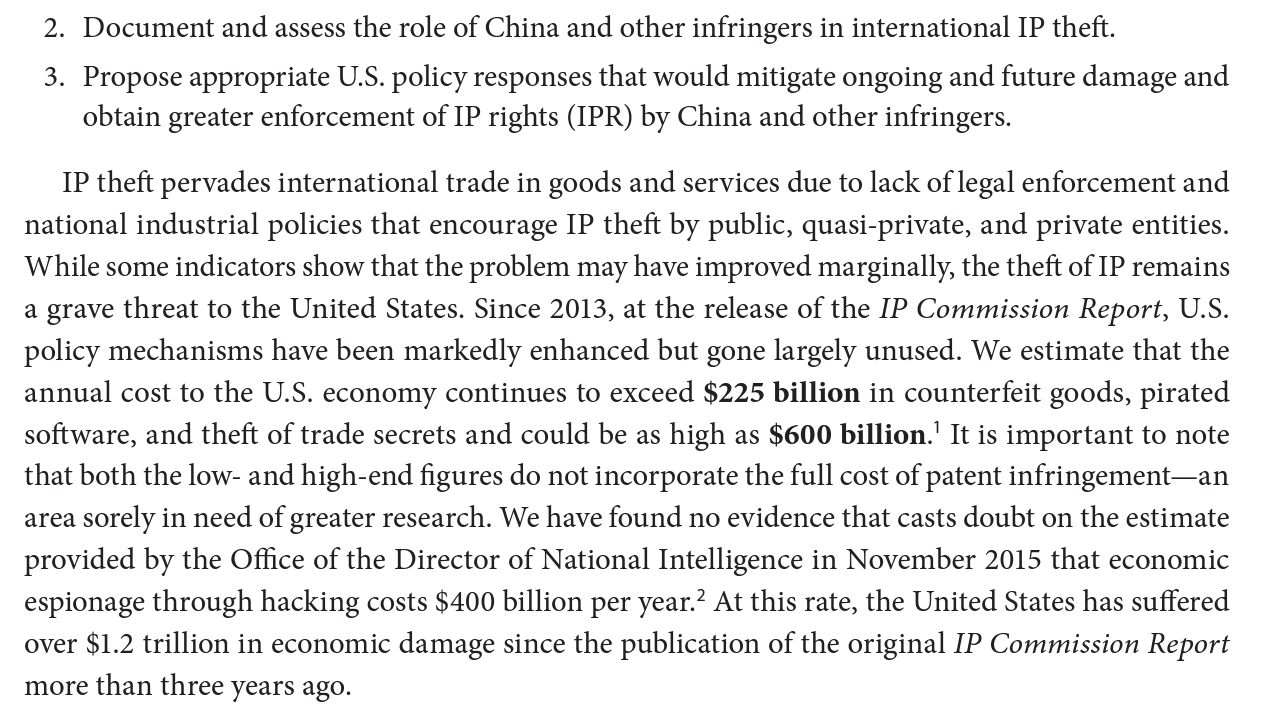Last week, the Trump administration's
Commerce Department placed Fujian Jinhua "on a list of entities that cannot buy components, software, and technology goods from U.S. firms." Additionally, of its own accord (supposedly), United Microelectronics (
UMC) halted R&D with Fujian Jinhua due to the move by the US Commerce Department. But, this was likely an olive branch offering as the
US Justice Department three days later indicted UMC and Fujian along with three individuals for conspiring to steal trade secrets from Micron.
You can read the specifics of the Trump administration's moves yourself as I want to focus on what this means for the DRAM market as well as Micron.
The reason this knocks at the foundation of the Chinese DRAM pillar starts with sourcing manufacturing equipment. It has been speculated by sources Fujian Jinhua has already acquired manufacturing equipment with the purpose of producing DRAM. Even if this is 100% true, the problem with sourcing equipment at such an early stage is the ability to ramp to fruitful, meaningful output requires additional equipment.
Setting a fab up for 20,000 wafer starts per month (WSPM) requires less equipment than one trying to produce 100,000 WSPM. To get to high output levels - all difficulties in setup and equipment tuning aside - requires more manufacturing lines.
The ban placed by the Commerce Department
now requires a license to export, re-export, and transfer software, components, and technology to these two companies. This license, however, "will be reviewed but with a presumption of denial," according to the Department.
But China can source equipment from companies outside the US, right? Possibly, but let's take a look at a list of the leading semiconductor equipment manufacturers in the world and the implications therein.
Three out of the top five are US-based companies - Applied Materials (
AMAT), Lam Research (
LRCX), and KLA-Tencor (
KLAC). ASML is a provider out of the Netherlands while Tokyo Electron, as you can surmise, is a Japanese-based company. And, as you also might surmise, Japan doesn't have the greatest relationship with China. This leaves only one out of the top five semi-equipment companies in the world able to sell to China - if it has the bandwidth to do so.
To make matters worse, if Fujian were already working with and sourcing its production equipment lines from any of the other four, it would have to start adding new lines with no baseline for equipment tuning, and for that matter, the would-be already figured out process can't be duplicated easily. Not having identical lines make for a poor DRAM manufacturing environment, not to mention a tuning and maintenance nightmare.
So, not only being short on sources for equipment but also once a secondary source is acquired, the ramping process starts from a much more primitive level, rather than merely duplicating other lines and getting up to speed faster than the initial line.
Furthermore, the most important aspect of memory manufacturing is R&D and movement toward the next generations of DRAM. Memory manufacturing is not about the current generation. The big three suppliers, Micron, Samsung (
OTC:SSNLF), and SK Hynix (
OTC:HXSCF), are working three generations ahead today along with any new memory types they might have.
For China, just getting on the DRAM train now means it will fall further behind if it's not also doing this. This becomes an issue as it can't access US technology and components to further R&D. Additionally, it can't purchase equipment to add to established lines for the required additional steps of newer generations or make up for lost wafer starts from node transitions.
The second issue for Fujian is its ties with other companies are being weakened. Taiwan-based United Microelectronics appears to have created a knock-on effect. UMC wasn't obligated to halt R&D activities with Fujian under any of the edicts sent down last week, but if the Taiwan company wants to work its way to the Trump administration's good side, it will want to sever ties with others related to the indictment.








